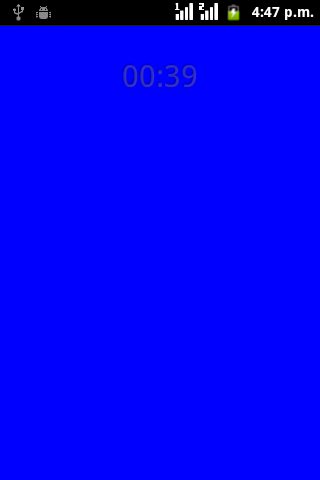
That is how F.lux matches your screen to the environment you are in.

The apps listed below make screens appear warmer in color and sometimes creates what looks like a red filter over the screen.į.lux uses geolocation to automatically calibrate the device display’s color temperature to the time of day based on sunrise and sunset predictions at the chosen location. The blue light emitted from these screens can build up over time.īlue light reducing apps limit our exposure to blue light by decreasing the blue light brightness and intensity inside each pixel. For example, to generate the color purple, only the blue and red lights within the pixel would light up. These three colors light up in various sequences and brightness to create different colors your eye can perceive. Inside each pixel are three colored lights: red, green, and blue (RGB). Screens consist of tiny dots, called pixels. Ĭell phones, televisions, tablets, and laptop computers all display images on a liquid crystal display (LCD). Excessive HEV exposure is dangerous to your health and can increase the risk for uveal melanoma, cancer within the eye. Blue light has a wavelength between 400-490nm which is why the left one-third of the visible light spectrum is considered high-energy visible (HEV) light. The smaller the wavelength, the higher the energy. There is an inverse relationship between a light ray’s wavelength (measured in nm) and energy. The visible light emitted by the sun comprises a range of different-colored light rays that contain different amounts of energy. Sunlight consists of visible light our eyes interpret as colors and invisible ultraviolet (UV) rays that tan and burn the skin. Blue light also has a few negative effects on the skin.

Blue light mimics natural daylight that signals the body to stay awake while suppressing the hormone melatonin that prepares the body for sleep. Staring at screen devices for long periods of time, especially during the night, may lead to diseases in the eye and alter the body’s natural cadence.Įxposure to blue light disturbs the body’s circadian rhythm, the 24-hour internal clock that monitors the body’s sleep/wake cycles. CVS consists of a collection of symptoms including eyestrain, light sensitivity, and headaches. Blue light emitted from devices such as cell phones, tablets, and computer screens contribute to Computer Vision Syndrome (CVS).


 0 kommentar(er)
0 kommentar(er)
